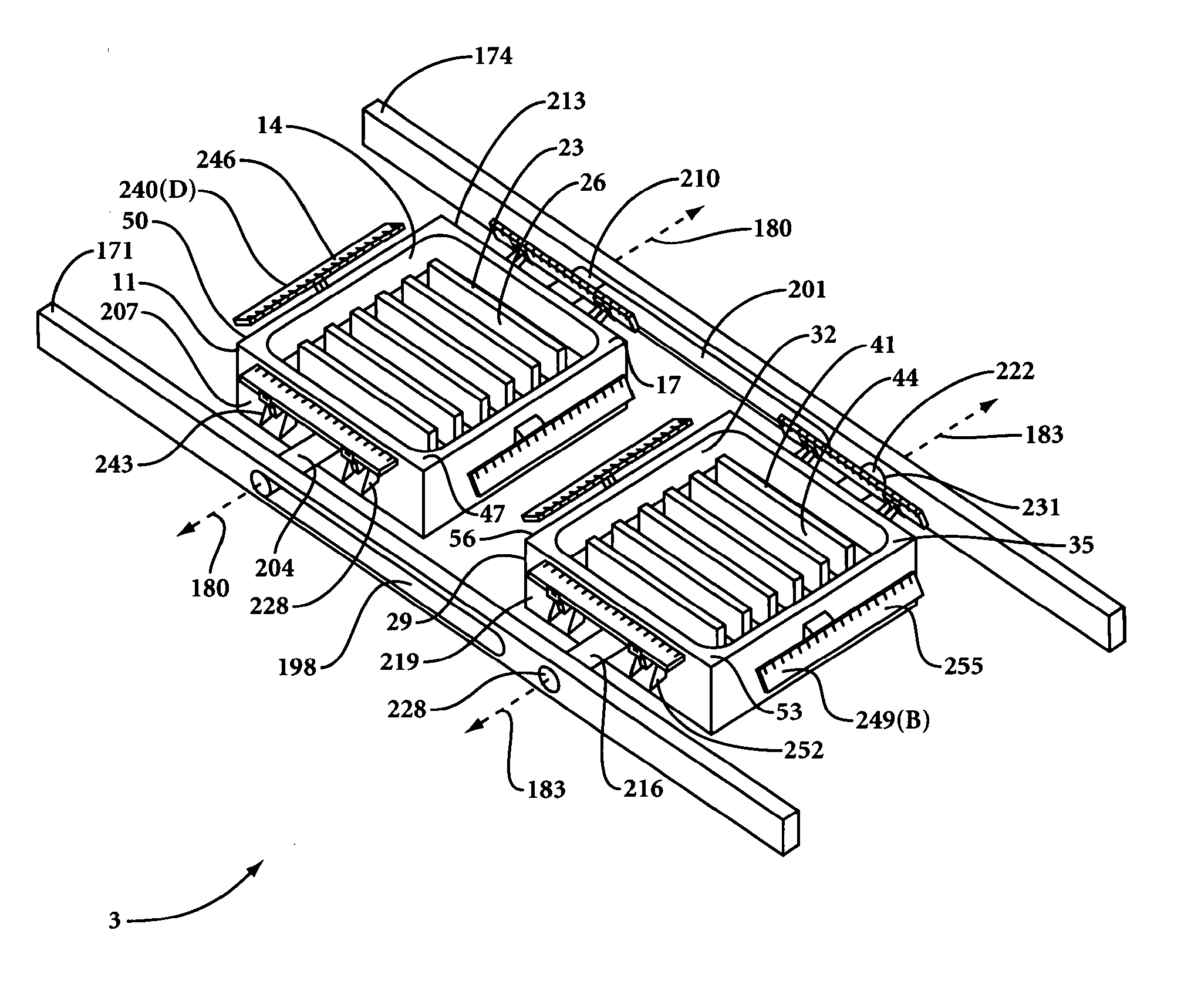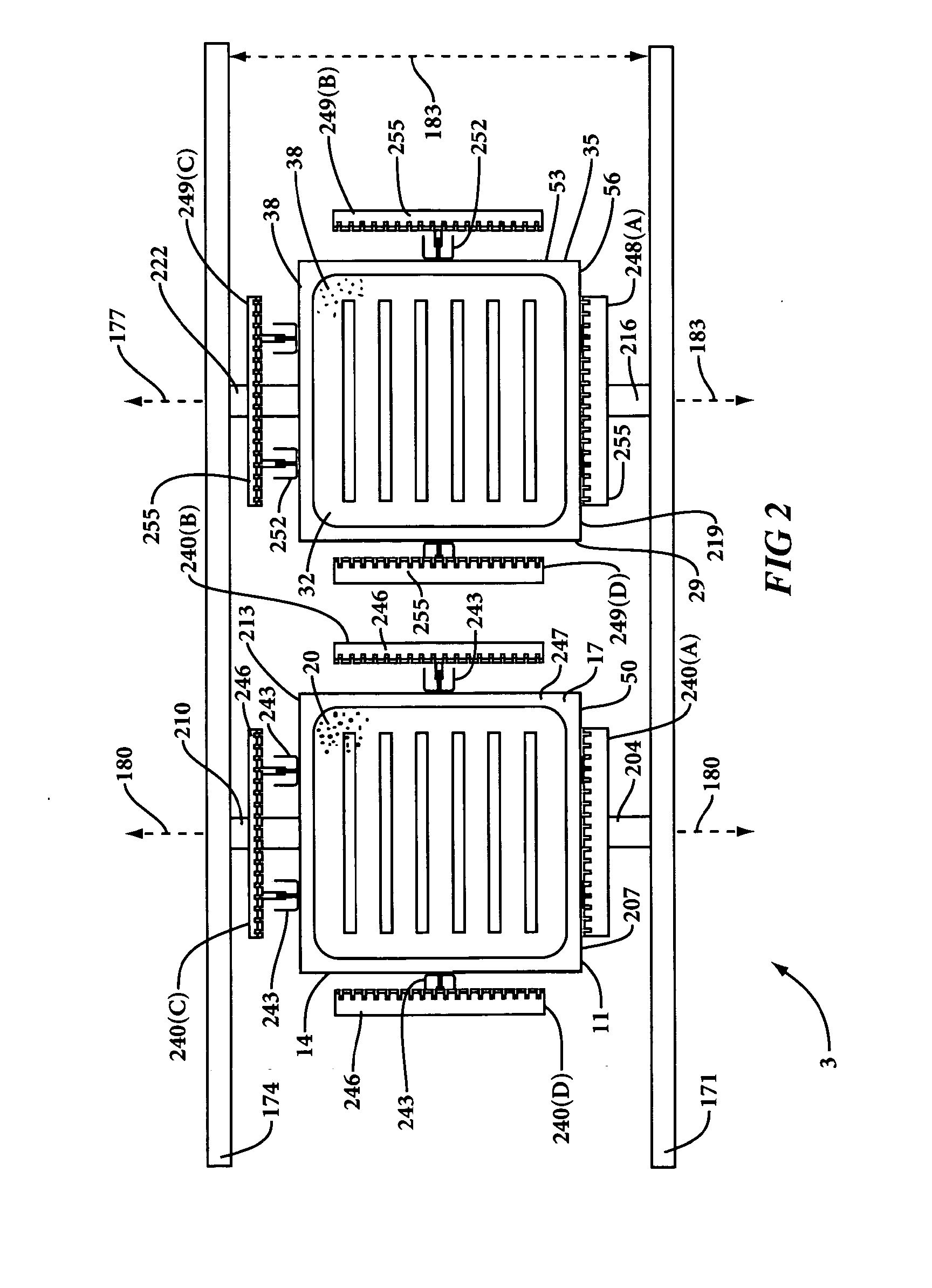Method of Forming a Molded Article From Thermoformable Thermoplastic Sheets
a technology of thermoformable thermoplastic sheets and molded articles, which is applied in the field of thermoformable thermoplastic sheet molded article forming method, can solve the problems of defective fusing of shaped sheets together, defective formation of one or both shaped sheets, and increase of economic cost and carbon footprint of process and molded articles
- Summary
- Abstract
- Description
- Claims
- Application Information
AI Technical Summary
Problems solved by technology
Method used
Image
Examples
Embodiment Construction
[0025]With reference to FIGS. 1, 2 and 4 of the drawings, the method of the present invention involves providing a mold apparatus 1, and more particularly a twin sheet molding apparatus 1, that includes a mold assembly 3. Mold assembly 3 includes a first mold portion 11 having an interior mold surface 14, and a perimeter edge 17. Interior mold surface 14 of first mold portion 11 has a contour and a plurality of perforations 20 (FIG. 2). The contour of interior mold surface 14 of first mold portion 11 may include, for example, raised portions 23 and / or recessed portions 26. Interior mold surface 14 may be a substantially recessed or female interior mold surface (as depicted), in which case, portions thereof reside substantially below (i.e., not extending outward beyond) and optionally even with, perimeter edge 17. Alternatively, interior mold surface 14 may be a substantially raised or male interior mold surface (not depicted), in which case, a majority of interior mold surface 14 re...
PUM
| Property | Measurement | Unit |
|---|---|---|
| thickness | aaaaa | aaaaa |
| temperature | aaaaa | aaaaa |
| temperature | aaaaa | aaaaa |
Abstract
Description
Claims
Application Information
 Login to View More
Login to View More - R&D
- Intellectual Property
- Life Sciences
- Materials
- Tech Scout
- Unparalleled Data Quality
- Higher Quality Content
- 60% Fewer Hallucinations
Browse by: Latest US Patents, China's latest patents, Technical Efficacy Thesaurus, Application Domain, Technology Topic, Popular Technical Reports.
© 2025 PatSnap. All rights reserved.Legal|Privacy policy|Modern Slavery Act Transparency Statement|Sitemap|About US| Contact US: help@patsnap.com



